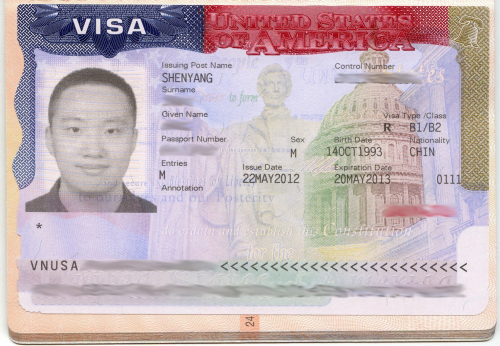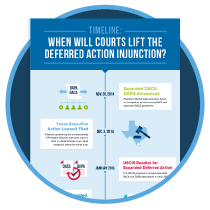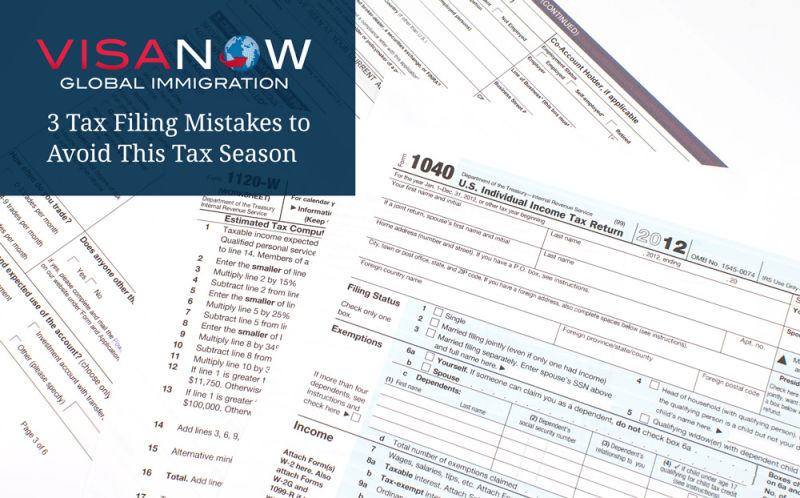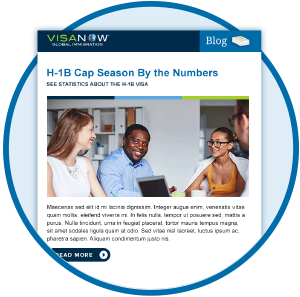5 Scholarship Application Tips All DACA Grantees Should Know
DACA’s protected status benefit has opened a world of educational opportunities that allow you to move forward with your goals. In order to make your dreams a reality, you need to finance your education by applying for grants and scholarships.
Each year organizations around the country offer thousands of scholarships to students in need of tuition assistance. But searching for the right ones can be overwhelming if you don’t know where to begin. We want to help you get started on the right foot, here are five scholarship application tips all DACA grantees should know:
1. Complete the FAFSA Form
One of the benefits of DACA is the valid social security number (SSN) approved applicants are given to build a credit history and find financial aid. It’s recommended that you complete a Free Application for Federal Student Aid (FAFSA) form, which requires a valid SSN, since many educational institutions use its information when deciding to award state-level grants (which you are eligible for) and scholarship funds. However, keep in mind that DACA grantees aren’t eligible for federal aid. Also, be aware of the FAFSA deadlines for your particular state, since they all differ. Individual schools may have their own filing deadlines, as well.n’t have DACA, discover if you qualify for protected status.
2. Know Your Dependency Status
It’s important to know if you’re a dependent or independent student. This helps officials determine whether your parents are responsible for paying for your education. Dependent students must report their parents financial information on their FAFSA application. If you are an independent student you aren’t required to report your parents financial information on your FAFSA application, and you may qualify for additional tuition assistance. The Department of Education has an informational questionnaire that will help you learn your dependency status.
3. Conduct Thorough Research
There are tons of scholarships available through schools and private organizations. You just have to be willing to do the research. In addition to checking if any scholarships are offered directly by the school you will attend, try these other search methods:
> Perform targeted searches
Visit your favorite search engine like Google or Bing and start entering key terms, such as “scholarships” and your state or “scholarships” and “DACA.”
>Seek out DACA-specific scholarships
Look out for organizations that have specific resources for undocumented youth, like College Greenlight. The group helps underrepresented students find scholarships and resources, free of charge. Additionally, there are groups advocating for deferred action and in turn create scholarship programs specifically DACA grantees. For example, TheDream.US has a yearly scholarship fund for young immigrants with deferred action.
>Contact local community organizations
Visit youth organizations in your community and ask them if they know of any scholarship resources for undocumented students. They can point you in the right direction and may even help you complete the application.
>Visit scholarship search engines
Search smarter by visiting a scholarship search engine like BigFuture by the College Board. You can filter the search results to meet your specific academic criteria and find the scholarships that best meets your needs. The U.S. Department of Labor also has a college scholarship search engine.
4. Share Your Story
Being DACA-mented means you have a unique story of how you came to this country and overcame odds in order to pursue your educational goals. Include your inspirational tale along with your scholarship application to help officials learn more about you and why you deserve tuition assistance.
5. Apply for Work Study
Don’t limit your search to scholarships. Many colleges participate in the Federal Work-Study program. It allows students with financial need to work in community service roles or jobs related to their course of study while earning money to pay for school. The offerings differ between each school, so contact the financial aid office of the institution you’re attending to learn what’s available.
Do you have deferred action and won a scholarship? Congrats—now tell us about it on Twitter and Facebook! If you don’t have DACA, discover if you qualify for protected status.













